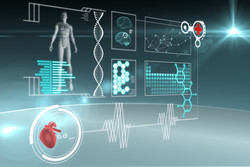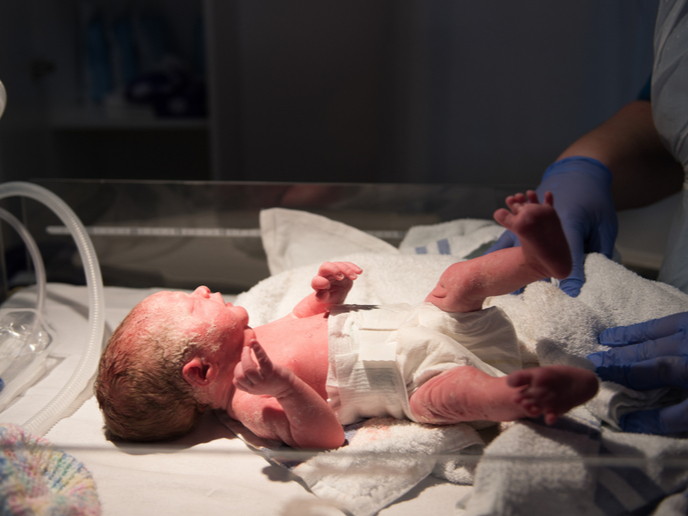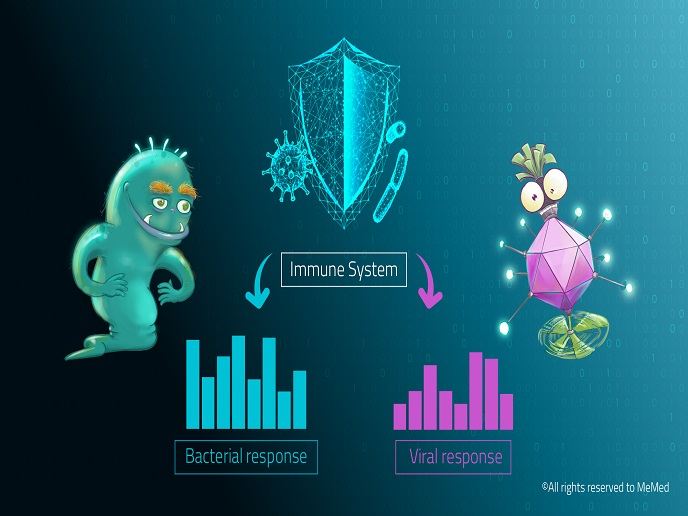A pan-European biobank
Biological samples of healthy subjects or patients alongside clinical data constitute the foundation of most biomedical studies. Such samples are central to unravelling the complexity of the human body and identifying novel therapeutic targets for challenging diseases such as cancer. The scope of the EU-funded BBMRI(opens in new window) (Biobanking and biomolecular resources research infrastructure) effort was to integrate existing biobanks and resources across Europe into a pan-European infrastructure. The consortium comprised 54 participants and 224 associated organisations from 33 countries. The BBMRI consortium has integrated existing quality controlled biobanks, biomolecular resources and enabling technologies into a novel pan-European Biomedical Research Infrastructure-European Research Infrastructure Consortium (BBMRI-ERIC). ERIC is a legal entity with legal personality and full legal capacity recognised in all EU Member States. BBMRI-ERIC is centrally coordinated by Austria and provides national hubs, established in participating countries, to grant electronic access to resources, support and expertise. Each hub was responsible for granting the national scientific community access to these resources. The project successfully provided comprehensive information, standard operational procedures and codes of conduct for European biobanks. A step by step access policy on human biological samples and associated data was implemented as well as an inventory of existing major population-based and clinical (disease-orientated) biobanks in Europe. Furthermore, the activities of BBMRI ensured that technologies and reagents were available to make optimal use of patient sample collections. A new database(opens in new window) for molecular methods was also introduced. One of the major challenges was the generation of an IT-infrastructure capable of linking the existing biobank data with patient registries and clinical information. In this context, partners established a publicly accessible, common web-based portal as a centralised information site for European technology resources and platforms serving the major biobanks. The portal is functional and available at the BBMRI website(opens in new window). BBMRI is anticipated to operate as a bridge between sample donors and scientists performing biomedical research. Equally importantly, it will act as a firewall preventing certain types of personal information from flowing inappropriately between donors and researchers. With adequate support and technical advancement, a pan-European biobanking infrastructure should also facilitate the new concept of personalised medicine. In this context, biobank-derived material could be used to develop new diagnostic tools and therapeutic agents to identify disease subgroups and specifically target them. The activities of the BBMRI consortium received considerable attention with broad coverage in the press. Overall, a central European biobank infrastructure will undoubtedly support current research efforts and hopefully lead to improved health products and services.







